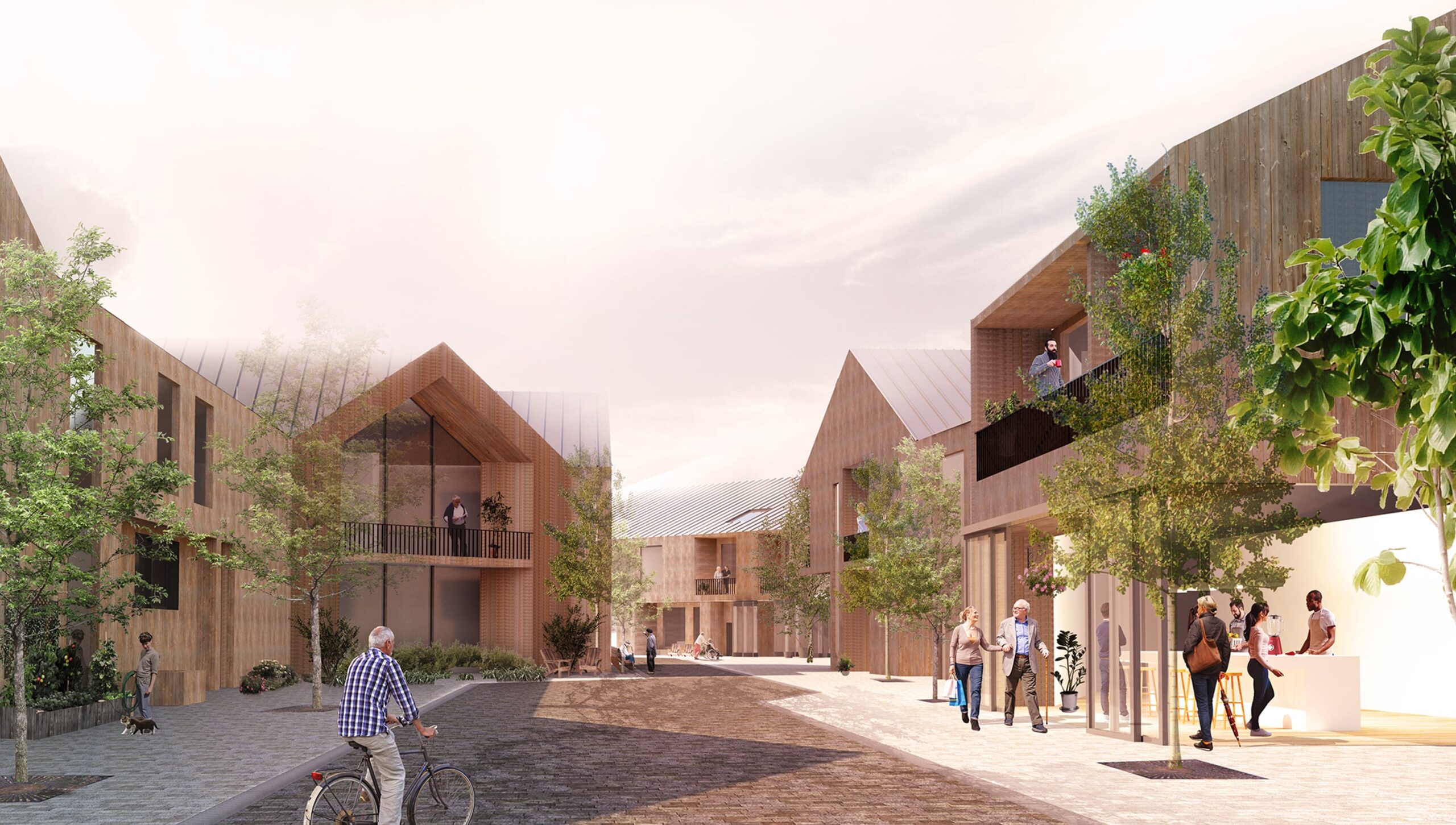
The Health Park is a conceptual master plan that was developed for a small Canadian city in 2017. The Health Park is conceptualized as a patient-centered care hub with amenities and programming that foster both education and resilience in aging as fundamental prerequisites for preventive care. As a scalable urban framework, the Health Park is a model for healthy living that extends from the level of the individual, to the family, to the community, and the city beyond. By understanding the symbiotic nature of these different scales of community across a series of domains (financial, psychological, physical, social, etc.) the Health Park offers an urban approach to empowering and delivering agency to the pursuit of healthy living.
Approximately one-third of children born in 2016 are expected to live into their 90s. Between 2011 and 2016, the number of centenarians increased by approximately 40%. As the ‘Baby Boomer’ generation ages, this trend will continue to advance until its peak in 2036. In this context, the Health Park’s capacity to provide both patient-centered care and infrastructure for aging-in-place not only improves the quality of life for individual patients on a short term basis, but also benefits families and communities in the long term.
To support this ambition, the Health Park includes a number of support services and amenities: ‘third-spaces’ that encourage chance encounters and community building; navigable and accessible walkways; connectivity with the outdoors and city transit; community gardens and all-season greenhouses; physical fitness and rehabilitation facilities; clinic and counseling support spaces; community gathering areas; and equitable living spaces.
While it is not a panacea for illness and disease, the Health Park does offer an integrated approach to healthcare delivery and urban design that empowers both individuals and the communities in which they live.
The Health Park is a conceptual master plan that was developed for a small Canadian city in 2017. The Health Park is conceptualized as a patient-centered care hub with amenities and programming that foster both education and resilience in aging as fundamental prerequisites for preventive care. As a scalable urban framework, the Health Park is a model for healthy living that extends from the level of the individual, to the family, to the community, and the city beyond. By understanding the symbiotic nature of these different scales of community across a series of domains (financial, psychological, physical, social, etc.) the Health Park offers an urban approach to empowering and delivering agency to the pursuit of healthy living.
Approximately one-third of children born in 2016 are expected to live into their 90s. Between 2011 and 2016, the number of centenarians increased by approximately 40%. As the ‘Baby Boomer’ generation ages, this trend will continue to advance until its peak in 2036. In this context, the Health Park’s capacity to provide both patient-centered care and infrastructure for aging-in-place not only improves the quality of life for individual patients on a short term basis, but also benefits families and communities in the long term.
To support this ambition, the Health Park includes a number of support services and amenities: ‘third-spaces’ that encourage chance encounters and community building; navigable and accessible walkways; connectivity with the outdoors and city transit; community gardens and all-season greenhouses; physical fitness and rehabilitation facilities; clinic and counseling support spaces; community gathering areas; and equitable living spaces.
While it is not a panacea for illness and disease, the Health Park does offer an integrated approach to healthcare delivery and urban design that empowers both individuals and the communities in which they live.
